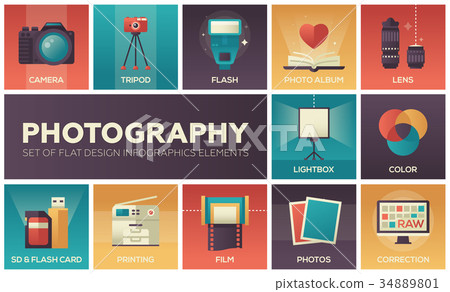What Every Photographer Ought To Find Out About Lights
What Every Photographer Ought To Find Out About Lights
Blog Article
Post By-Beck Isaksen
As a photographer, you recognize that illumination can make or damage your photos. Recognizing the subtleties of both natural and synthetic light is important for recording the mood and quality you aim for in your work. Whether you're chasing after the ideal gold hour radiance or fine-tuning your synthetic arrangements, understanding these components can boost your photography dramatically. But there prevail challenges that many ignore, and identifying them can change your strategy to every shoot. Let's explore what you may be missing and how it can affect your results.
Comprehending Natural Light
Recognizing natural light is critical for any type of professional photographer seeking to enhance their job. It's the foundation of wonderful photography, influencing state of mind, tone, and clarity. When you fire outdoors, take note of the time of day. https://www.liveinternet.ru/users/carey_shaw/post509027684 -- shortly after sunup and before sundown-- provides soft, warm light that can change average scenes into stunning pictures.
Don't take too lightly the power of cloudy days. Cloud cover diffuses sunshine, developing a soft, also light that's best for pictures and macro photography. You'll discover shades appear this kind of lights without severe shadows.
Placing matters, too. Constantly consider your subject's orientation to the light. If the sun's behind your subject, you may wind up with a silhouette, which can be significant yet mightn't be what you desire. Alternatively, direct sunshine can produce unflattering darkness.
Explore angles; in some cases, changing your point of view can produce fantastic results. Usage all-natural reflectors, like water or sand, to bounce light onto your topic, including dimension.
Learning Artificial Light
Understanding synthetic light is essential for digital photographers who wish to take their abilities to the following degree. Whether you're making use of speedlights, studio strobes, or continuous lights, recognizing how to adjust these sources can considerably boost your pictures.
Beginning by familiarizing on your own with the basics of light high quality, instructions, and color temperature. Medical Residency Photography with various modifiers like softboxes, umbrellas, or grids to control the soft qualities or violence of the light.
You'll locate that soft light usually creates lovely outcomes, while harsher light can include dramatization and depth. Do not shy away from darkness; they can boost the three-dimensionality of your subjects.
Pay close attention to the positioning of your lights. A light positioned also close to your subject can develop uncomplimentary results, while also away can lead to an absence of information. Use a light meter or your video camera's histogram to guarantee you're subjecting properly.
Finally, bear in Personal branding that fabricated light can be mixed with ambient light for innovative impacts. Balancing these resources might take technique, but once you understand it, your digital photography will truly beam.
Methods for Various Situations
When you step into different shooting scenarios, adjusting your illumination methods is vital for capturing the very best photos. For outside pictures, use the gold hour-- morning or late afternoon light-- to soften darkness and enhance skin tones.
If it's an extreme midday sun, take into consideration making use of a reflector to bounce light back onto your topic or seek shaded locations for an extra even exposure.
In low-light situations, like indoor occasions, enhance your ISO and utilize a vast aperture to let in more light. A tripod can help get rid of electronic camera shake, permitting longer direct exposures without blurring.
If you're shooting at night, experiment with off-camera flash to create dynamic illumination and depth in your photos.
For product photography, use diffused illumination to prevent severe representations. Softboxes or light outdoors tents can help accomplish this impact.
When photographing landscapes, consider the direction of light and time of day, as it can substantially transform the mood of your shot.
Constantly be Professional portraits near me to change your settings and placing based on the situation, as adaptability is vital to grasping lighting in photography.
Verdict
In conclusion, understanding lighting is vital to elevating your digital photography abilities. Embrace all-natural light's beauty throughout gold hour, and don't shy away from try out artificial light techniques. By adjusting your strategy to different scenarios, you'll catch spectacular photos that resonate with feeling and clarity. Keep in mind, the ideal lighting can transform a common shot into something remarkable, so keep practicing and fine-tuning your understanding of both natural and fabricated light. Pleased shooting!
